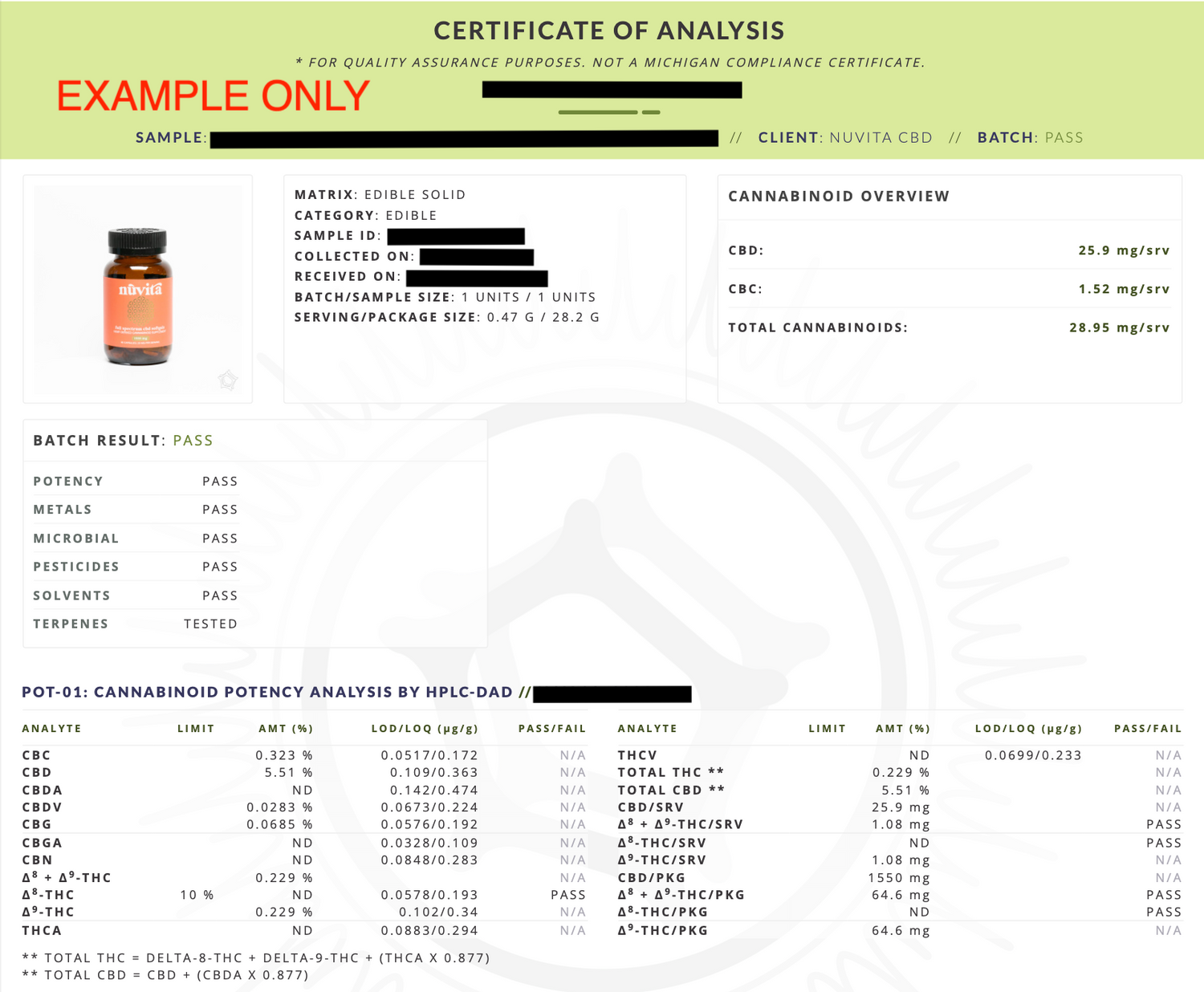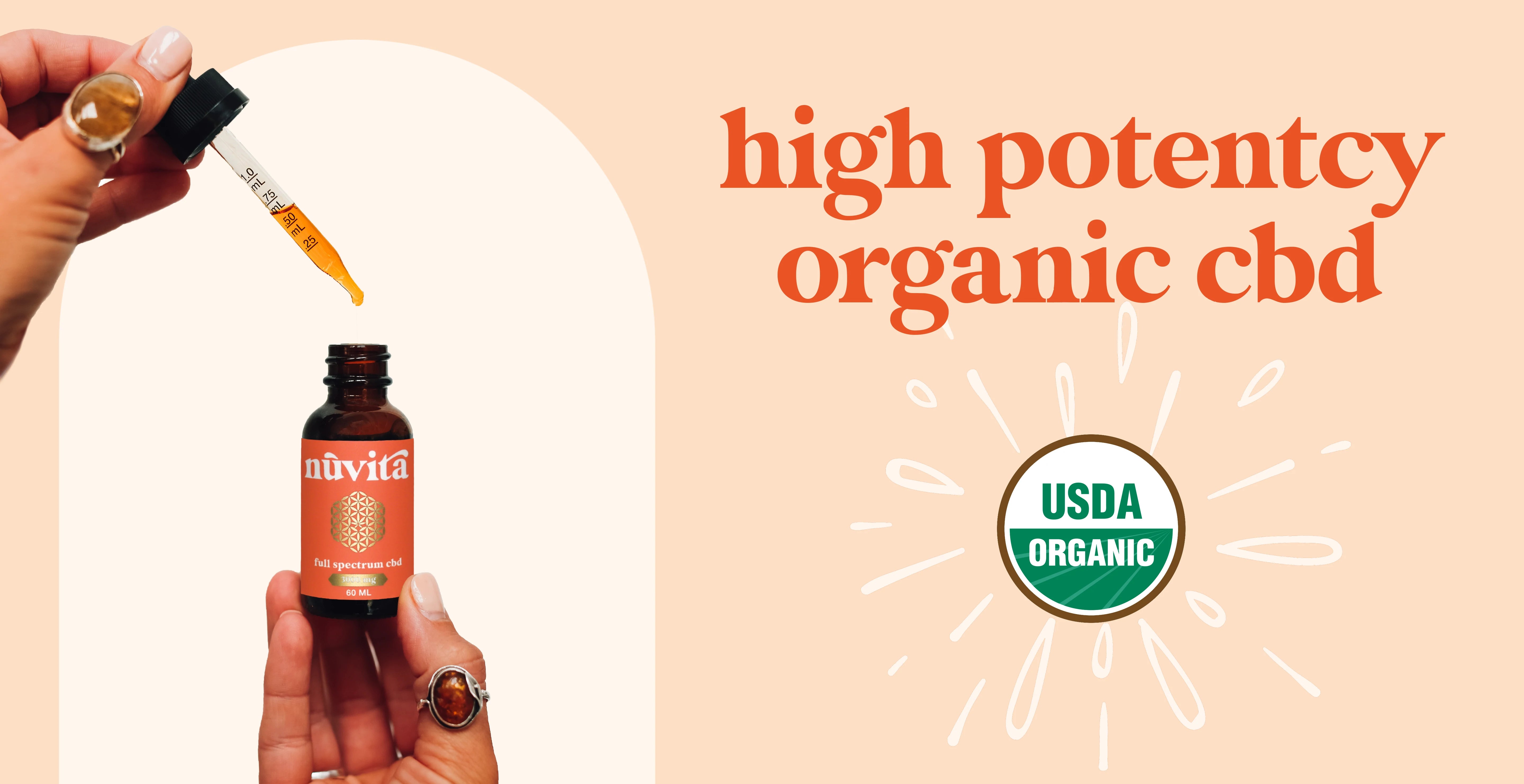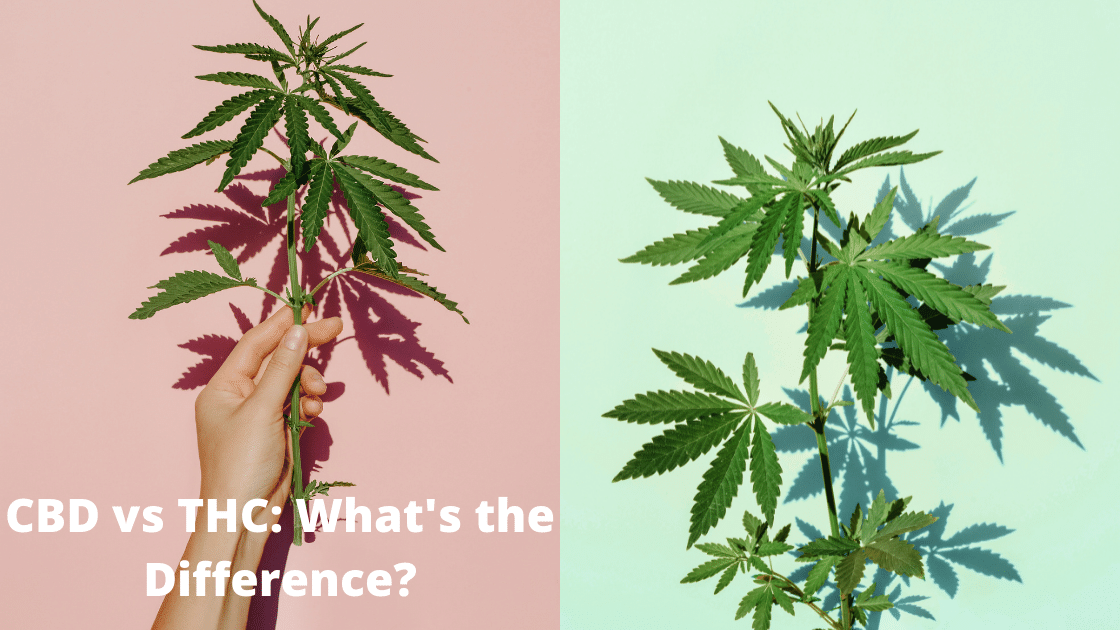One of the most important things you should pay attention to when purchasing new CBD products is the Certificate of Analysis, known as COA, which may seem confusing to many CBD consumers. So, the main goal of this article will be to explain what a CBD COA is and the information you’ll find there, where to find it on your products, and what to look for when reading the sections.
What is a COA (Certificate of Analysis)?
A COA, or a certificate of analysis, is a detailed report on the chemical analysis of a substance that comes from an accredited third-party laboratory. This report aims to help instill confidence in a company’s products and is especially important for the cannabis market that’s often filled with sub-par products. Proof of this can be found in a 2017 study on CBD products which proved that about one-third of the CBD products available online contain less CBD and more THC than advertised on the label.
As a result, more and more cannabis companies started to include this analysis on the label to convince consumers of the quality of their products. Some states even require a COA to be available on CBD products.
When testing the products, the laboratories take samples of each batch and test them individually before issuing the certificate that ensures their quality. When looking at the COA, check whether the laboratory that tested the product differs from the one that produced it to ensure an unbiased result.
Reading a CBD Certificate of Analysis
The CBD COA can be found after scanning and opening the QR code that’s on the label of your cannabis product and/or on the website, and there are a few things you need to be aware of to read it correctly. While there will be some differences from lab to lab, the format will likely be similar.
Based on the label's design, companies place their Certificate of Analysis where they believe it’s most suitable. On Nuvita CBD’s products, you can find the CBD COA when you scan and open the QR code on the right side of the product’s label. They can also be found on the right side of the product pages on our website.

Header & Footer
The header of the COA is where you’ll find the information about which third-party laboratory did the analysis and the date of the report. You can then use that information to check the existence of the lab and its credentials. You can also check the batch number and the description of the product’s contents which we’ll discuss in the following paragraphs.
Product Type & Cannabinoids
CBD products generally fall into the three following categories, based on the cannabinoids and other compounds they contain:
- Full-spectrum CBD
- Broad-spectrum CBD
- CBD isolate
The full-spectrum products contain CBD, THC, some other minor cannabinoids, as well as terpenes. Keep in mind that a legal CBD product should contain no more than 0.3% THC in states and countries where THC is illegal. Broad-spectrum products contain CBD, other minor cannabinoids, terpenes, but no amount of THC. CBD isolates, on the other hand, only contain isolated CBD.
When reading the COA, some of the compounds will have ND written next to them. This is short for “non-detected” which means that the equipment couldn’t pick up any amount of that particular cannabinoid or chemical compound, or the amount is too low to be detected.
Weight Percentage
Next to the cannabinoid column, you’ll find the weight percentage column where the percentage of each cannabinoid is listed by weight. The final number doesn’t take into consideration the packaging of the product, just the product content.
Concentration
Next, you have the concentration of each cannabinoid in the product that’s measured in milligrams per gram (mg/g). This is the easiest way to check your product’s CBD content.
Heavy Metal Analysis

Another benefit of the COA is the heavy metal analysis which is also what laboratories test as part of their CBD Certificate of Analysis. In this section, you should check the concentration level of heavy metals that are present in the product and compare it to the next column that provides the maximum amount that’s considered safe to consume. The concentration levels of heavy metals listed on the COA should be equal to zero or below the ingestion use limit.
Pesticide Analysis

The final part of the COA is the pesticide analysis. This is the part of the analysis that gives you information about whether the company has used pesticides during the cultivation of the hemp plants and the number of pesticides they used. There is generally zero tolerance for the presence of pesticides in dietary supplements, and for more information on specific pesticides, you can take a look at this 2018 study.
What to Look Out for in a CBD COA?
The COA will give you everything you need to know about the product, as well as the red flags that will indicate that the product isn’t up to federal standards. Keep on reading to figure out what you should look out for.
THC Levels
If the levels of THC are over 0.3% and you’re in a state or country where THC is illegal, you’re buying an illegal product since anything above 0.3% exceeds the levels of federal guidelines. Remember that under federal law, manufacturers are obliged to keep the THC levels below 0.3%.
Not Every Cannabinoid Is Listed
If there are some cannabinoids missing from the list of your full-spectrum CBD product, it’s usually an indication that there’s something wrong with the product. Full-spectrum CBD products should contain cannabinoids such as CBD, THC, CBDA, CBC, and others.
Lab Results Done In-House
If the laboratory is the same laboratory that produces the product, it’s highly possible that the test results are biased. That’s why it’s important to buy products that have undergone third-party testing.
Final Thoughts
Since the CBD industry has expanded rapidly over the past couple of years, not every CBD producer offers quality products, as this is still a highly unregulated market. However, the COA CBD offers consumers a way to double-check the contents of the products and compare them to the standards and federal guidelines.
As a result, the COA has become a standard for the cannabis industry that helps consumers make purchasing decisions.
Therefore, always check the Certificate of Analysis before trying a new CBD product. Only by doing so will you be certain that the product you’re buying has the cannabinoid content that the manufacturer claims it does and it’s safe for consumption.




Leave a comment
This site is protected by reCAPTCHA and the Google Privacy Policy and Terms of Service apply.